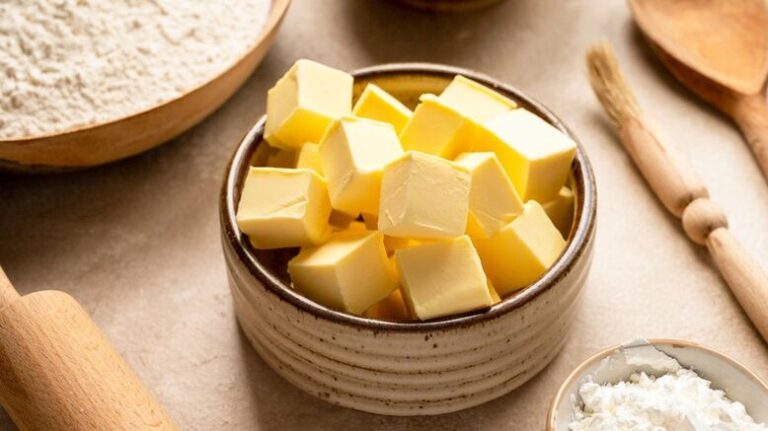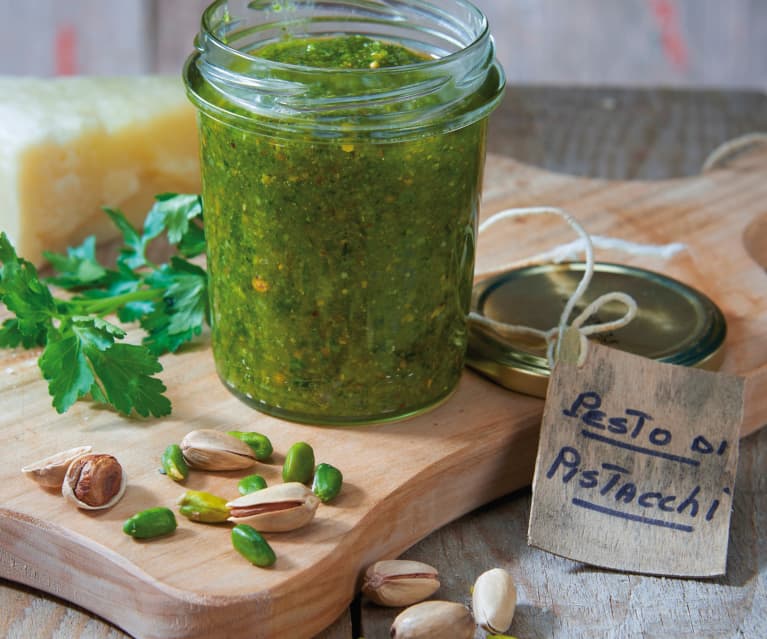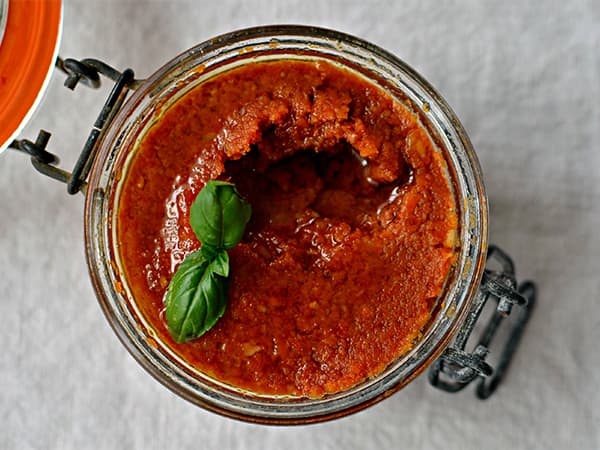Butter sauce is a versatile and delicious addition to many dishes. Making it ahead of time can save you precious minutes during meal preparation, allowing you to focus on perfecting your main course.
In this comprehensive guide, we will cover everything you need to know about making butter sauce ahead of time, including tips on storing, reheating, freezing, and adjusting the flavor after storage.

Storing Butter Sauce
Proper storage is crucial for maintaining the quality and taste of your butter sauce. Here are the steps to store it effectively:
Choosing the Right Container
When storing butter sauce, selecting the right container is essential. Glass jars, stainless steel containers, or high-quality plastic containers with airtight lids are ideal. These materials prevent the sauce from absorbing odors and flavors from other foods.
It’s important to ensure that the container is completely clean and dry before adding the butter sauce to avoid any contamination that could affect the sauce’s taste and longevity.

Cooling Before Storing
Allow the butter sauce to cool to room temperature before storing it. Placing hot sauce directly in the refrigerator can cause condensation, leading to a watery consistency. Additionally, rapid cooling can affect the texture and flavor of the sauce. Patience is key here to ensure that the sauce retains its intended quality.
Refrigeration
Butter sauce can be stored in the refrigerator for up to five days. Ensure the container is airtight to prevent contamination and to preserve the sauce’s freshness. Label the container with the date to keep track of its storage time.
If you notice any separation or changes in texture, give the sauce a good stir before using it. Regularly check for any signs of spoilage, such as an off smell or discoloration, to ensure safety and quality.
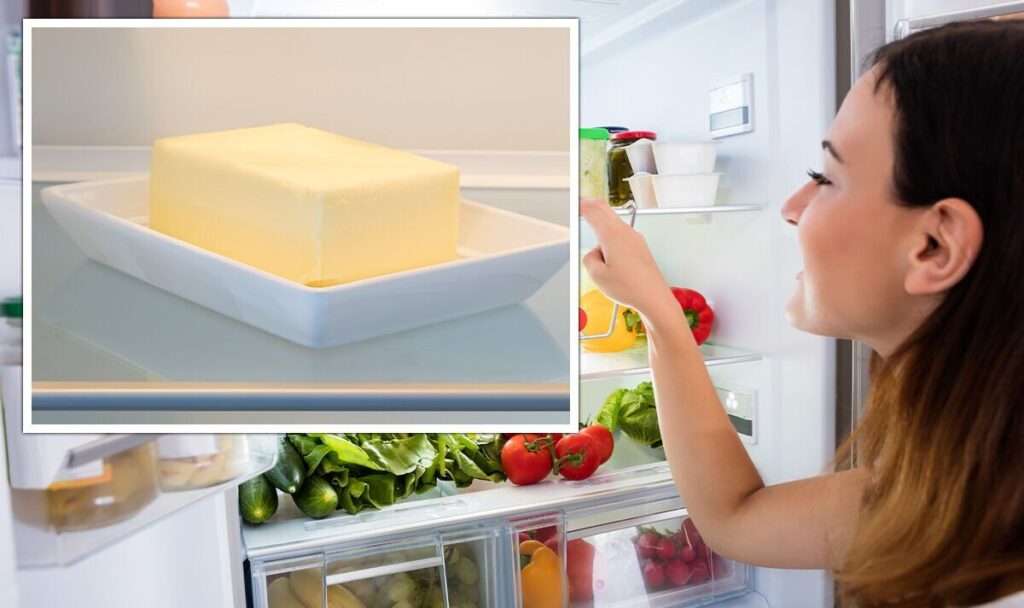
Separation and Stirring
Over time, butter sauce may separate into layers. This is normal and can be easily remedied. Simply stir the sauce thoroughly before using it to restore its smooth, creamy texture. Using a whisk or an immersion blender can help reincorporate any separated components, ensuring a uniform consistency.
Reheating Butter Sauce
Reheating butter sauce requires gentle methods to avoid curdling or burning. Follow these steps for perfect results:
Stovetop Reheating
The stovetop method is the best for reheating butter sauce. Place the sauce in a saucepan over low heat, stirring constantly to prevent burning. If the sauce appears too thick, add a small amount of water, broth, or milk to reach the desired consistency. Be patient and keep the heat low, as high temperatures can cause the sauce to separate or develop an undesirable texture.

Microwave Reheating
For a quicker method, you can reheat butter sauce in the microwave. Transfer the sauce to a microwave-safe container and cover it with a microwave-safe lid or plastic wrap to prevent splattering. Heat in 20-second intervals, stirring between each, until the sauce is warmed through. This method is convenient but requires careful monitoring to avoid overheating.
Avoid Overheating
Overheating can cause butter sauce to separate or become greasy. Reheat the sauce slowly and at a low temperature to maintain its smooth texture and flavor. If you accidentally overheat the sauce, try to salvage it by whisking in a bit of cold butter or cream to bring it back together.
Freezing Butter Sauce
Freezing butter sauce can extend its shelf life and make meal prep even more convenient. Here’s how to do it properly:
Preparing for Freezing
Before freezing, let the butter sauce cool completely. This prevents condensation, which can lead to ice crystals forming in the sauce. Ice crystals can alter the texture and dilute the flavor when the sauce is thawed, so ensuring the sauce is cool before freezing is crucial.
Portioning the Sauce
Divide the sauce into portions that you will use for individual meals. This makes it easier to thaw only the amount you need. Use ice cube trays, muffin tins, or small containers to portion the sauce. Once frozen, you can transfer the portions to larger freezer bags, making it easier to store and manage your freezer space.
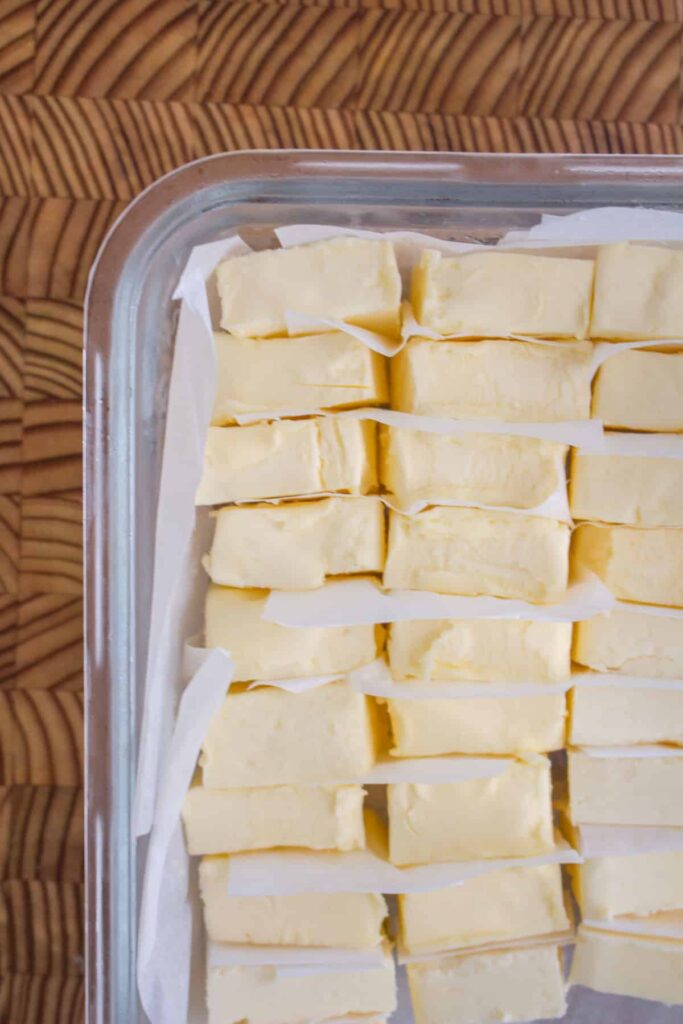
Freezer-Safe Containers
Choose containers that are specifically designed for freezing. Airtight, freezer-safe plastic containers or heavy-duty freezer bags are excellent choices. Remove as much air as possible from bags before sealing to prevent freezer burn. Freezer burn can negatively impact the flavor and texture of the sauce, so thorough sealing is essential.
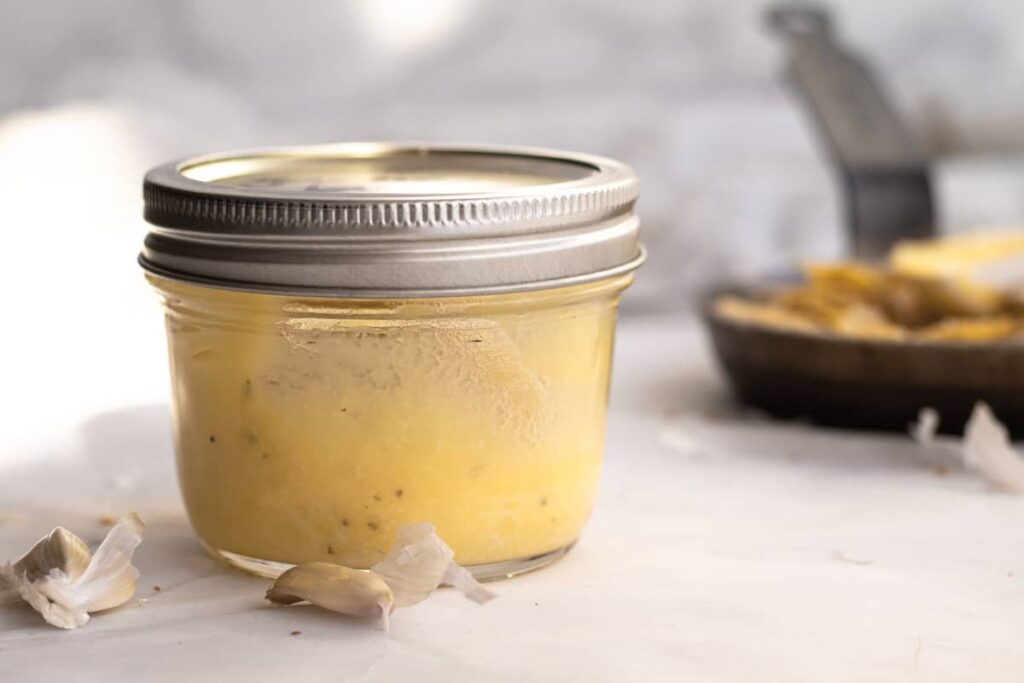
Labeling
Clearly label each container or bag with the contents and the date of freezing. Butter sauce can be stored in the freezer for up to three months. Proper labeling helps you keep track of your inventory and ensures you use the oldest sauce first, maintaining a good rotation system.
Thawing Frozen Butter Sauce
To thaw, transfer the sauce from the freezer to the refrigerator and let it thaw slowly overnight. For a quicker method, you can use the microwave on the defrost setting, stirring frequently to ensure even thawing. Avoid thawing at room temperature, as this can promote bacterial growth and compromise the sauce’s safety.
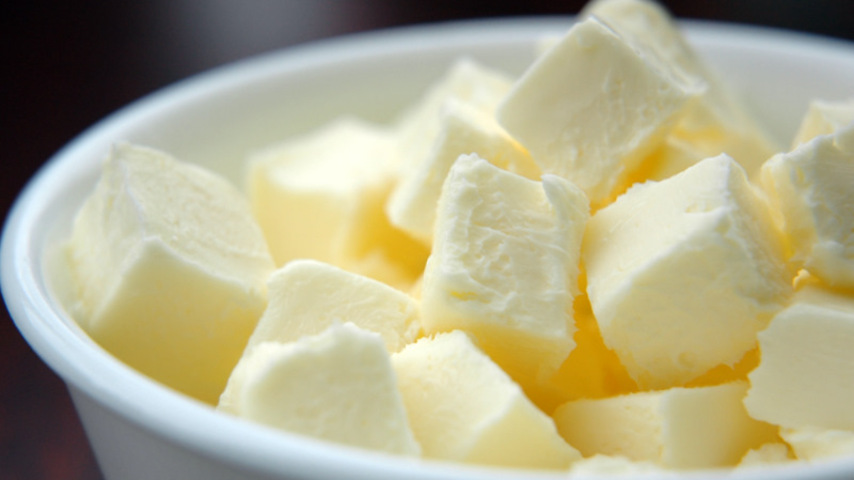
Adjusting Flavor After Storage
After storing, reheating, or freezing butter sauce, you might find that the flavor needs a little tweaking. Here’s how to adjust the flavor to ensure it’s perfect:

- Tasting the Sauce Always taste the butter sauce after reheating to determine if any adjustments are needed. Storage can sometimes dull the flavors. Tasting the sauce before serving allows you to make precise adjustments and ensures that the final dish meets your expectations.
- Enhancing Flavors If the sauce seems bland, add a pinch of salt, a squeeze of lemon juice, or a dash of your favorite herbs or spices to brighten the flavors. A small amount of fresh garlic or shallots can also enhance the taste. Consider incorporating finely chopped herbs, such as parsley, chives, or tarragon, to add a burst of fresh flavor.
- Balancing Consistency If the sauce is too thick, add a bit of water, broth, or milk and stir well. If it’s too thin, let it simmer on low heat until it reduces to the desired consistency. Adjusting the consistency ensures that the sauce complements the dish perfectly, providing the right texture and mouthfeel.
- Emulsifying Separated Sauce If the butter sauce has separated, use an immersion blender to emulsify it back to a smooth consistency. Adding a small amount of warm water or milk while blending can help achieve this. This technique helps reincorporate the fat and liquid, ensuring a homogeneous sauce.
FAQ
Conclusion
Making butter sauce ahead of time can streamline your cooking process and enhance the flavor of your meals. By following the proper methods for storing, reheating, freezing, and adjusting the flavor, you can ensure your butter sauce remains delicious and ready to use whenever you need it. With these tips, you’ll always have perfect butter sauce on hand to complement your dishes.
Disclosure: Our blog contains affiliate links to products. We may receive a commission for purchases made through these links. However, this does not impact our reviews and comparisons. We try our best to keep things fair and balanced, in order to help you make the best choice for you.


